How do the best digital products provide high-performing and frictionless user experiences across devices and platforms?
The answer lies in the perfect use of modern front-end development technologies. In 2025, user expectations continue to grow, putting more and more pressure on businesses and developers to create fast and responsive web and mobile interfaces that visually capture and engage users.
Choosing a quality frontend tech stack is important for performance and scalability and long-term sustainability, and innovation. In this blog, we are going to list out front-end development technologies that are continuously changing the digital experience and helping developers create interactive, user-friendly applications that get recognised in a competitive landscape. Let’s get started:
Best Frontend Technologies
To build high-performing, modern digital experiences, developers rely on powerful frontend technologies that streamline UI development and boost app speed. Here’s a quick look at some of the most popular tools used today.
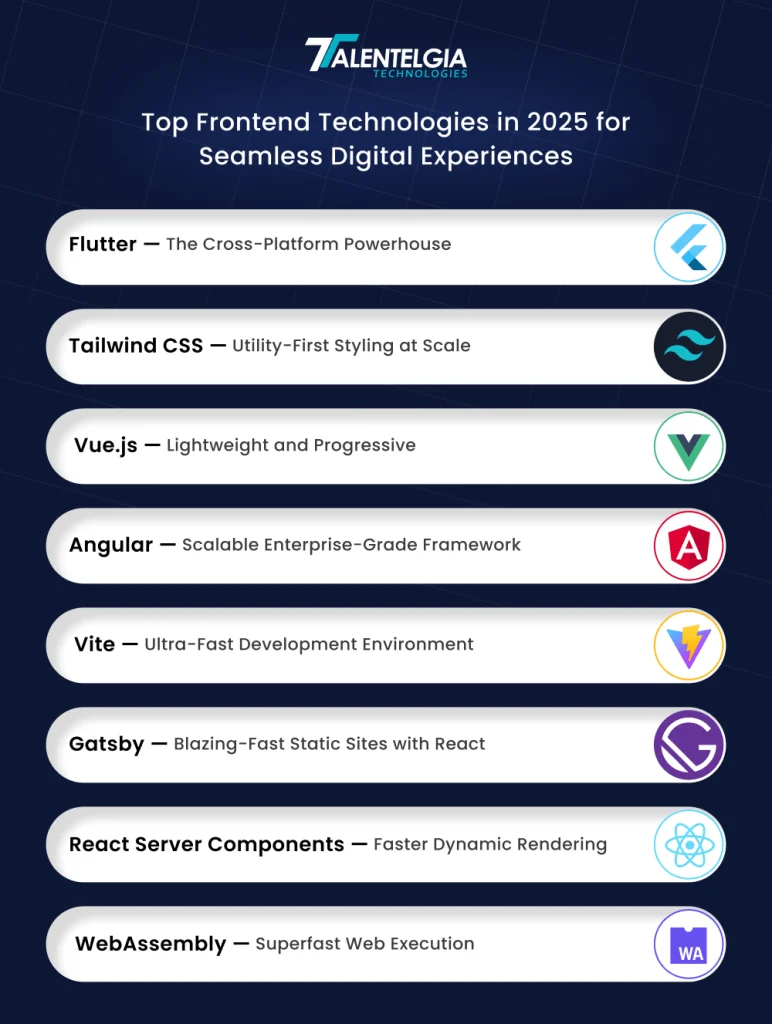
1. Flutter
Flutter is an open-source UI toolkit that enables developers to create natively compiled applications for mobile, web, and the desktop— all from a single codebase. Widgets are well-designed, customizable, and flexible, and the layered architecture is responsible for fast and responsive apps on multiple platforms.
Flutter particularly stands out for cross-platform apps, fast prototyping, and enterprise-grade scalable apps. It saves a lot of developer time and money while keeping UI uniform and performance intact. That’s what makes it a popular choice for startups as well as enterprises.
Flutter development framework is powering feature-rich, smooth apps that deliver seamless user experiences across Android and iOS globally, including companies like Alibaba and eBay Motors.
Key Highlights Of Flutter:
- Multiple platforms (iOS, Android, Web, Desktop), unified codebase
- Pixel-perfect UI with widget customization and native-like performance
- The fast rendering engine for smooth animations and transitions
- Designed for MVP, enterprise apps, and interactive UI
- Solid support provided by Google and a community of developers
Real World Example: ERP System For KFC
KFC, the world’s biggest fast food restaurant chain, with more than 21,000 outlets operating globally, faced a common, but fundamental challenge – processing huge amounts of operational data across thousands of outlets. Historically, they managed their operational data solely with cumbersome manual record-keeping, so analyzing data in real-time and managing data in a centralized way was not possible.
To update its process, KFC commissioned the creation of a strong ERP (Enterprise Resource Planning) system. The objective was simple: to computerize its business processes, make operations more streamlined, and consolidate data from all restaurants into one efficient, accessible platform.
Major Goals of KFC’s ERP Implementation:
- Automate financial and operational processes for greater speed and accuracy
- Create mobile apps for real-time performance monitoring and restaurant management
- Maximize staff scheduling with smart automation tools
- Introduce a time-clock system to track employee hours efficiently
- Create a dynamic dashboard for monitoring KPIs and restaurant performance metrics.
Business Benefits Attained:
Through the implementation of this custom ERP solution, KFC attained the following business benefits:
- Obtained a centralized view of operational data across all its worldwide outlets
- Enhanced decision-making through real-time analysis and performance monitoring
- Increased elimination of manual work effort, thus enhancing efficiency and productivity
- Facilitated regional managers to make data-driven changes in restaurant operations in real time
2. Tailwind
Tailwind CSS is an extremely capable utility-first framework that’s changing the way web applications are styled in 2025. Unlike conventional CSS frameworks, Tailwind provides a collection of pre-defined utility classes enabling developers to style directly in markup, without writing custom CSS and accelerating the development process.
This makes Tailwind CSS a great fit for rapid user interface design, responsive web design, and front-end architecture scalability. With its modular design, teams can have design consistency throughout complex digital projects without sacrificing flexibility or creativity.
Vercel and Hashnode are among the companies that use Tailwind CSS to simplify their front-end workflow and provide clean, modern interfaces in an efficient manner.
Key Features of Tailwind CSS:
- Utility-first approach for quicker development
- Predefined, responsive utility classes
- Custom design system for alignment with the brand looks
- Makes managing CSS easier and code more maintainable
- Suits startups, SaaS products, and enterprise-level applications
Real World Example: Landing Page For MarketFloor
MarketFloor is an agile startup in the online trading space, with the vision to disrupt the way people engage with financial markets. Featuring an easy-to-use platform specifically designed for novice and professional traders alike, MarketFloor is all about providing an effortless, seamless experience.
With a need to match their innovative services with their brand identity, MarketFloor reached out to Talentelgia Technologies with a very specific request: create a responsive, fast-loading, modern landing page using Tailwind CSS, HTML, and JavaScript.
MarketFloor delivered our team with a refined Figma design with clear layouts for mobile (430px) and desktop (1400px) views. The objective was to develop a pixel-perfect, responsive landing page that would look visually consistent on all screen sizes.
Key Requirements:
- Mobile and desktop designs are fully responsive for intermediate viewports
- Such elements as FAQs, testimonial sliders, and dropdowns need dynamic interaction
- No backend or CMS—statically rendered HTML only
- Complete HTML Lint validation standards compliance
- Smooth animation of transitions and optimized JavaScript response for UI controls
The Outcome:
The MarketFloor landing page was delivered in a short while. After launch, we added feedback regarding typography and refined visual elements for improved clarity and consistency.
Key Results:
- A completely responsive and SEO-optimized landing page
- Quick loading speeds and HTML validation-compliant code
- Interactive and engaging UI driven by lightweight JavaScript
- Scalable codebase for future page additions and updates
We also gave MarketFloor a thorough handover document explaining how they might continue and develop the page on their own.
3. Vue.js
Vue.js has gained a position of prominence as a leading preference of frontend developers in 2025. This is because of its simplicity, flexibility, and powerful reactivity system. With its very easy architecture and API, Vue is just the way to build dynamic user interfaces that give you higher performance with less overhead.
Vue.js is best suited for single-page applications (SPAs), real-time dashboards, and applications that require rapid updates and smooth user interaction. Its component-based architecture and virtual DOM enable scalable development while providing great rendering performance.
Having a low learning curve and great documentation, Vue is favored by beginners as well as seasoned developers. Top players such as Alibaba and Xiaomi rely on Vue.js to drive responsive, scalable platforms with millions of users.
Key Features of Vue.js:
- Reactive data binding for updating UI in real-time
- Component-based structure for modular development
- Virtual DOM optimized for fast rendering
- Simple integration with existing frameworks and codebases
- Ideal for small projects to enterprise-level applications
Real Life Example: Netflix
Netflix, the streaming entertainment giant, is not only changing the way we watch content, but also how it gets delivered behind the scenes. As millions binge-watch their favorite shows and flicks, few are aware that Vue.js has a supporting role in the tech stack behind some of Netflix’s internal platforms.
Particularly, Vue.js has been employed to construct major cloud data management software in the firm. This was based on Vue’s simplicity, reactive UI features, and flexibility, which simplified it for Netflix developers to craft responsive and dynamic interfaces without making the codebase overly complicated.
Indeed, the Netflix engineering team openly admitted to using Vue.js, demonstrating how much faith they have in the framework’s capability to scale with enterprise-level systems.
4. Angular
Angular is an efficient, feature-rich frontend framework supported and developed by Google that is meant to develop interactive, dynamic, and scalable web applications. With its two-way data binding, dependency injection, and strong CLI tools, Angular development provides a tightly structured architecture that makes complex development processes simpler.
Angular is perfect for single-page applications (SPAs), progressive web applications (PWAs), and applications that require real-time updates and modular scalability. Its native tooling, TypeScript-based strong typing, and built-in testing support make it most suitable for solutions of enterprise-grade and large teams.
Key applications such as Gmail and Upwork leverage Angular to provide high-performance, rich-feature web experiences on devices.
Chief Angular Features:
- Two-way data binding for effortless model-view synchronization
- Command line interface (CLI) for accelerated and efficient development
- Dependency injection to create modular, sustainable codebases
- Testing tools are integrated to ensure end-to-end application quality
- Supported by Google and backed by a robust developer community
Real Life Example: Forbes
Forbes is among the top media websites famous for covering business news, and it ranks high in Google searches. The website leverages Angular, a robust JavaScript framework, to power its frontend development. Angular assists Forbes in providing a responsive design, with the website seamlessly operating across devices and screen sizes, providing the user with an enjoyable experience no matter the desktop, tablet, or mobile phone.
Forbes’ implementation of Angular also helps the site’s minimalist design, which prioritizes simplicity without sacrificing functionality. This not only makes the site look good but also easy to use, allowing readers to easily find the news and information they need. The integration of performance, user experience, and design makes Forbes a shining example of Angular in the media sector.
5. Vite
Vite (“veet”) is a next-generation frontend tool that’s revolutionizing the game for speed and efficiency in contemporary web development. Designed specifically for well-known JavaScript frameworks such as Vue.js, React, and Svelte, Vite excels due to its lightning-fast development server and blindingly fast build times.
What distinguishes Vite from other bundlers is that it leverages native ES modules, enabling instantaneous server startup and module replacement (HMR) with zero lag. By doing so, it significantly increases developer productivity by reducing initial load times and accelerating the iteration process.
Vite is also compatible with TypeScript, CSS pre-processing, and a feature-rich plugin architecture, so it is very extensible and great for large, scalable projects. Whether you are creating a minimalist SPA or an enterprise application with thousands of nodes, Vite gives developers the performance advantage they require.
Major Vite Features:
- Native ES module-based instant startup
- Lightning-fast hot module replacement (HMR)
- Native support for TypeScript, PostCSS, and other contemporary tools
- Extensible plugin framework for sophisticated customization
- Performance optimized for mainstream frameworks such as React, Vue, and Svelte.
Real Life Example: Companies Like Shopify & Reddit Use Vite For Their Website Development.
6. Gatsby
Gatsby is a robust, modern web framework that combines the flexibility of React, the data fetching capabilities of GraphQL, and the optimization of Webpack. Renowned for producing fast, responsive user interfaces, Gatsby simplifies the development process and optimizes performance.
With built-in functionality like image optimization, code-splitting, and automatic fetching of data using GraphQL, Gatsby only loads what’s needed, boosting page loads and overall performance. This alone makes it a superb choice for static site generation and building high-scality sites.
Gatsby’s robust data layer using GraphQL allows developers to seamlessly integrate data from various sources and build dynamic, content-focused apps easily.
Key Features of Gatsby:
- A React-based framework for creating new, interactive UIs
- Integrated GraphQL data layer for efficient data handling
- Automatic image optimization and code-splitting for instant load times
- Best for static site generation and content sites
- An extensible set of plugins for additional features
7. Astro
Astro is a pioneering framework created specifically for Modular Page Applications (MPA), which provides an easier way to create and deploy high-performance web applications. In contrast to conventional frameworks, Astro supports developers in including any well-known framework—e.g., React, Vue, or Svelte—within the same project, making it a flexible option for contemporary web development.
Astro’s most impressive features are its incredibly fast build times, simple integration of server-side rendering (SSR) and client-side hydration, and its Astro Islands architecture, which enables developers to render interactive UI components on static HTML pages and improve performance by loading only necessary JavaScript when required.
With Astro, developers get the best of both worlds: static site generation plus dynamic interactivity. It’s perfect for building fast, SEO-optimized sites and content-dense apps.
Astro’s Key Features:
- Extensible integration with various front-end frameworks (React, Vue, Svelte, etc.)
- Astro Islands’ architecture for better performance and modularity
- Quick build times and simple server-side rendering support
- Client-side hydration for interactive, dynamic components
- Best for SEO-friendly static sites with rich, interactive content
Real World Example: Astro
Visible, which was created in 2014, used Astro to develop a high-performance platform that enables startups to communicate progress and insights to their investors in a seamless way. Its use by Visible illustrates the power of Astro in rendering dynamic content at speed while being able to deliver a seamless user experience without sacrificing either. This is a superb example of how Astro can be utilized to render live data in a clean and performance-optimized way.
8. Micro Frontends
Micro frontends are a design pattern that brings the same ideas of microservices to the frontend, where different teams are able to create and deploy isolated, independent features separately. It’s a process of dividing an advanced frontend application into smaller and easier-to-manage pieces, each being an independent feature or function, that could be developed and owned by one team.
The micro frontend architecture provides more autonomy and scalability since every team can work on a specific feature, with the tools and workflow of their choice. Micro frontends also enhance code reusability and maintainability by segregating various segments of the application. This makes it a perfect solution for big projects and teams.
Micro frontends are best suited for companies with several teams developing various parts of a web application, enabling quicker development cycles and better scaling. This is especially useful for dynamic, feature-rich applications that must change over time.
Key Micro Frontend Features:
- Splits frontend applications into separately deployable, modular features
- Facilitates autonomy and scalability through the capability to have separate teams handle individual features
- Enables various repositories and technologies per section of the app
- Enhances maintainability and reusability of the code
- Most suitable for projects of a large scale with multiple teams of developers
Real Life Examples: Netflix
Netflix is a perfect example of micro frontend architecture at work. Netflix employs a microservices approach wherein its frontend is divided into sections, and each is handled by a different micro frontend. The segregation enables segments of the website, including the homepage, search functionality, and user profile settings, to be cached and updated separately to ensure optimal loading speed.
Through micro frontends, Netflix developers can rapidly deploy new features and updates without affecting the rest of the site. It promotes quicker development cycles and improves the overall user experience by lessening load times and performance.
9. CSS
CSS is the base styling language employed to specify the visual appearance of web content. It is used in conjunction with HTML to give structure to life by adding colors, layouts, fonts, and animations on various screen sizes and devices.
From smooth transitions to interactive details and responsive layouts, CSS is important in making sure that a visually consistent and delightful user experience is delivered on all platforms. It makes it easier for developers to decouple content from design, hence allowing for more maintainable and scalable code in the future.
Currently, CSS drives the styling of today’s websites and web applications, such as those used by Airbnb, Spotify, and The New York Times.
Key Highlights of CSS:
- Core styling language for the web, enhancing HTML structure
- Enables mobile responsiveness and cross-device compatibility
- Supports animations, transitions, and effects for interactive UI
- Modular architecture using components, grids, and flex layouts
- Seamless integration with preprocessors like SASS and frameworks like Tailwind CSS
Real World Example: CLARITUS Providing a SaaS Solution To A Leading Warehouse Company
Client Overview
A leading logistics and warehousing company in North India offering efficient road transport and distribution solutions.
Challenge
The client faced operational inefficiencies due to manual tracking via Excel sheets. Tasks like vehicle tracking, driver management, payroll, and consignment handling were becoming increasingly unmanageable.
Solution
Claritus developed a customized cloud-based SAAS platform that centralized operations into a single dashboard, featuring integrated fleet management, job assignments, payroll automation, and real-time tracking.
10. Next.js
Next.js, based on React, is an influential framework for providing stunning speed, scalability, and user experience. Supported out-of-the-box by server-side rendering (SSR) and static site generation (SSG), it gives developers the tools to produce ultra-fast web apps that search engine rank very high and render evenly across all devices.
Perfect for fast-moving sites such as e-commerce sites, content-driven blogs, and live dashboards, Next.js finds the optimal balance between speed and adaptability. Its developer-centric framework, stable ecosystem, and out-of-the-box SEO support make it an ideal choice for startups and large businesses who want to create future-proof digital experiences.
Key Features of jQuery:
- Makes DOM manipulation easier for quicker development
- Cross-browser compatibility, maintaining platform-consistent behavior
- Rich plugin ecosystem for easy extension of functionality
- Smooth integration with AJAX for asynchronous calls
Conclusion
In 2025, providing seamless, high-performing digital experiences isn't just a competitive edge—it's imperative. The frontend ecosystem is changing at lightning speed, and the most intelligent companies are the ones that adopt modern development tools not only to develop faster, but to innovate boldly. From developing a global ERP, creating a pixel-perfect landing page, or growing to millions of users, your frontend technology choice can determine your digital success. The correct stack not only facilitates development, but it also facilitates imagination.


 Healthcare App Development Services
Healthcare App Development Services
 Real Estate Web Development Services
Real Estate Web Development Services
 E-Commerce App Development Services
E-Commerce App Development Services E-Commerce Web Development Services
E-Commerce Web Development Services Blockchain E-commerce Development Company
Blockchain E-commerce Development Company
 Fintech App Development Services
Fintech App Development Services Fintech Web Development
Fintech Web Development Blockchain Fintech Development Company
Blockchain Fintech Development Company
 E-Learning App Development Services
E-Learning App Development Services
 Restaurant App Development Company
Restaurant App Development Company
 Mobile Game Development Company
Mobile Game Development Company
 Travel App Development Company
Travel App Development Company
 Automotive Web Design
Automotive Web Design
 AI Traffic Management System
AI Traffic Management System
 AI Inventory Management Software
AI Inventory Management Software
 AI Software Development
AI Software Development  AI Development Company
AI Development Company  AI App Development Services
AI App Development Services  ChatGPT integration services
ChatGPT integration services  AI Integration Services
AI Integration Services  Generative AI Development Services
Generative AI Development Services  Natural Language Processing Company
Natural Language Processing Company Machine Learning Development
Machine Learning Development  Machine learning consulting services
Machine learning consulting services  Blockchain Development
Blockchain Development  Blockchain Software Development
Blockchain Software Development  Smart Contract Development Company
Smart Contract Development Company  NFT Marketplace Development Services
NFT Marketplace Development Services  Asset Tokenization Company
Asset Tokenization Company DeFi Wallet Development Company
DeFi Wallet Development Company Mobile App Development
Mobile App Development  IOS App Development
IOS App Development  Android App Development
Android App Development  Cross-Platform App Development
Cross-Platform App Development  Augmented Reality (AR) App Development
Augmented Reality (AR) App Development  Virtual Reality (VR) App Development
Virtual Reality (VR) App Development  Web App Development
Web App Development  SaaS App Development
SaaS App Development Flutter
Flutter  React Native
React Native  Swift (IOS)
Swift (IOS)  Kotlin (Android)
Kotlin (Android)  Mean Stack Development
Mean Stack Development  AngularJS Development
AngularJS Development  MongoDB Development
MongoDB Development  Nodejs Development
Nodejs Development  Database Development
Database Development Ruby on Rails Development
Ruby on Rails Development Expressjs Development
Expressjs Development  Full Stack Development
Full Stack Development  Web Development Services
Web Development Services  Laravel Development
Laravel Development  LAMP Development
LAMP Development  Custom PHP Development
Custom PHP Development  .Net Development
.Net Development  User Experience Design Services
User Experience Design Services  User Interface Design Services
User Interface Design Services  Automated Testing
Automated Testing  Manual Testing
Manual Testing  Digital Marketing Services
Digital Marketing Services 
 Ride-Sharing And Taxi Services
Ride-Sharing And Taxi Services Food Delivery Services
Food Delivery Services Grocery Delivery Services
Grocery Delivery Services Transportation And Logistics
Transportation And Logistics Car Wash App
Car Wash App Home Services App
Home Services App ERP Development Services
ERP Development Services CMS Development Services
CMS Development Services LMS Development
LMS Development CRM Development
CRM Development DevOps Development Services
DevOps Development Services AI Business Solutions
AI Business Solutions AI Cloud Solutions
AI Cloud Solutions AI Chatbot Development
AI Chatbot Development API Development
API Development Blockchain Product Development
Blockchain Product Development Cryptocurrency Wallet Development
Cryptocurrency Wallet Development About Talentelgia
About Talentelgia  Our Team
Our Team  Our Culture
Our Culture 
 Healthcare App Development Services
Healthcare App Development Services Real Estate Web Development Services
Real Estate Web Development Services E-Commerce App Development Services
E-Commerce App Development Services E-Commerce Web Development Services
E-Commerce Web Development Services Blockchain E-commerce
Development Company
Blockchain E-commerce
Development Company Fintech App Development Services
Fintech App Development Services Finance Web Development
Finance Web Development Blockchain Fintech
Development Company
Blockchain Fintech
Development Company E-Learning App Development Services
E-Learning App Development Services Restaurant App Development Company
Restaurant App Development Company Mobile Game Development Company
Mobile Game Development Company Travel App Development Company
Travel App Development Company Automotive Web Design
Automotive Web Design AI Traffic Management System
AI Traffic Management System AI Inventory Management Software
AI Inventory Management Software AI Software Development
AI Software Development AI Development Company
AI Development Company ChatGPT integration services
ChatGPT integration services AI Integration Services
AI Integration Services Machine Learning Development
Machine Learning Development Machine learning consulting services
Machine learning consulting services Blockchain Development
Blockchain Development Blockchain Software Development
Blockchain Software Development Smart contract development company
Smart contract development company NFT marketplace development services
NFT marketplace development services IOS App Development
IOS App Development Android App Development
Android App Development Cross-Platform App Development
Cross-Platform App Development Augmented Reality (AR) App
Development
Augmented Reality (AR) App
Development Virtual Reality (VR) App Development
Virtual Reality (VR) App Development Web App Development
Web App Development Flutter
Flutter React
Native
React
Native Swift
(IOS)
Swift
(IOS) Kotlin (Android)
Kotlin (Android) MEAN Stack Development
MEAN Stack Development AngularJS Development
AngularJS Development MongoDB Development
MongoDB Development Nodejs Development
Nodejs Development Database development services
Database development services Ruby on Rails Development services
Ruby on Rails Development services Expressjs Development
Expressjs Development Full Stack Development
Full Stack Development Web Development Services
Web Development Services Laravel Development
Laravel Development LAMP
Development
LAMP
Development Custom PHP Development
Custom PHP Development User Experience Design Services
User Experience Design Services User Interface Design Services
User Interface Design Services Automated Testing
Automated Testing Manual
Testing
Manual
Testing About Talentelgia
About Talentelgia Our Team
Our Team Our Culture
Our Culture
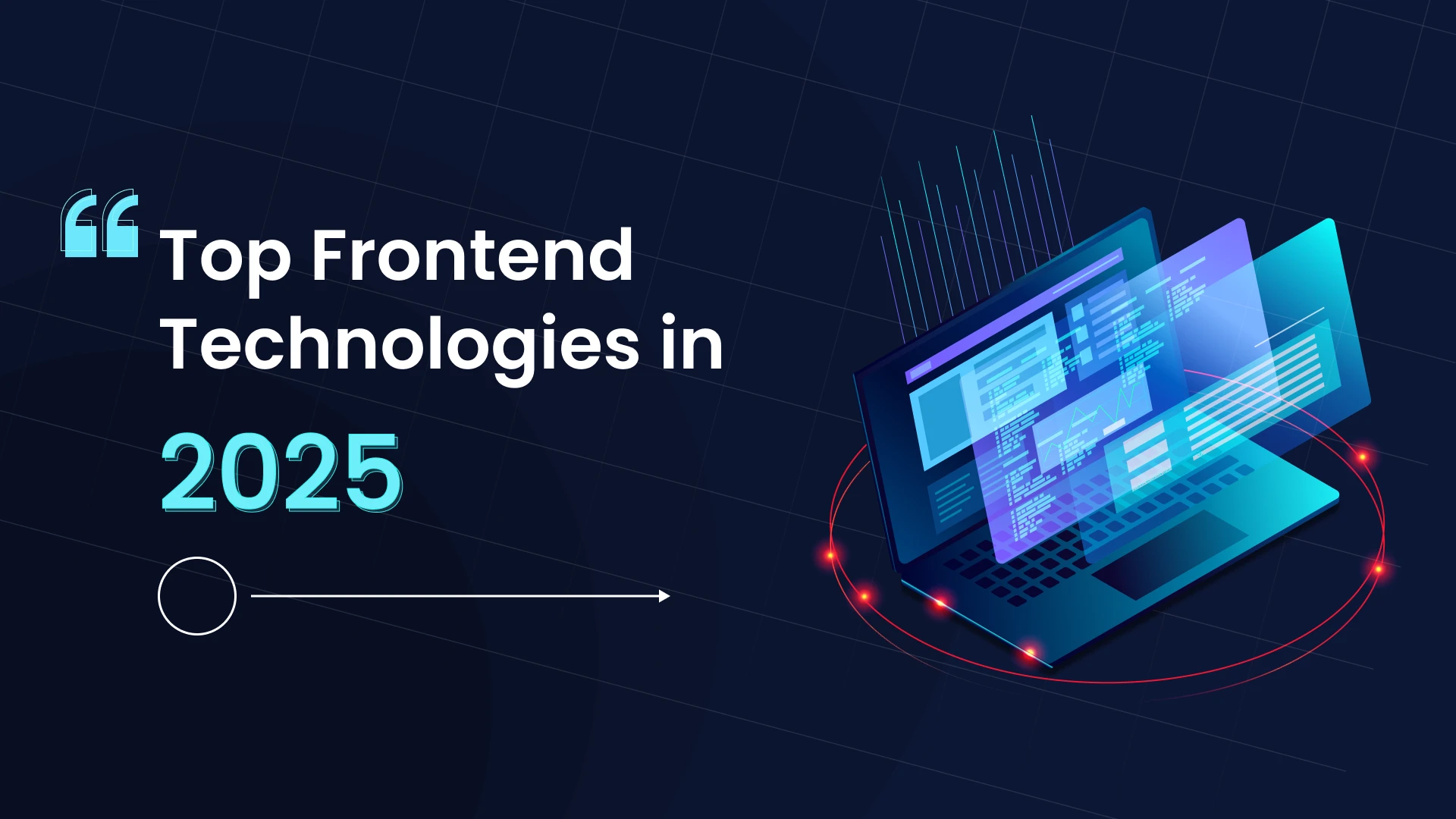

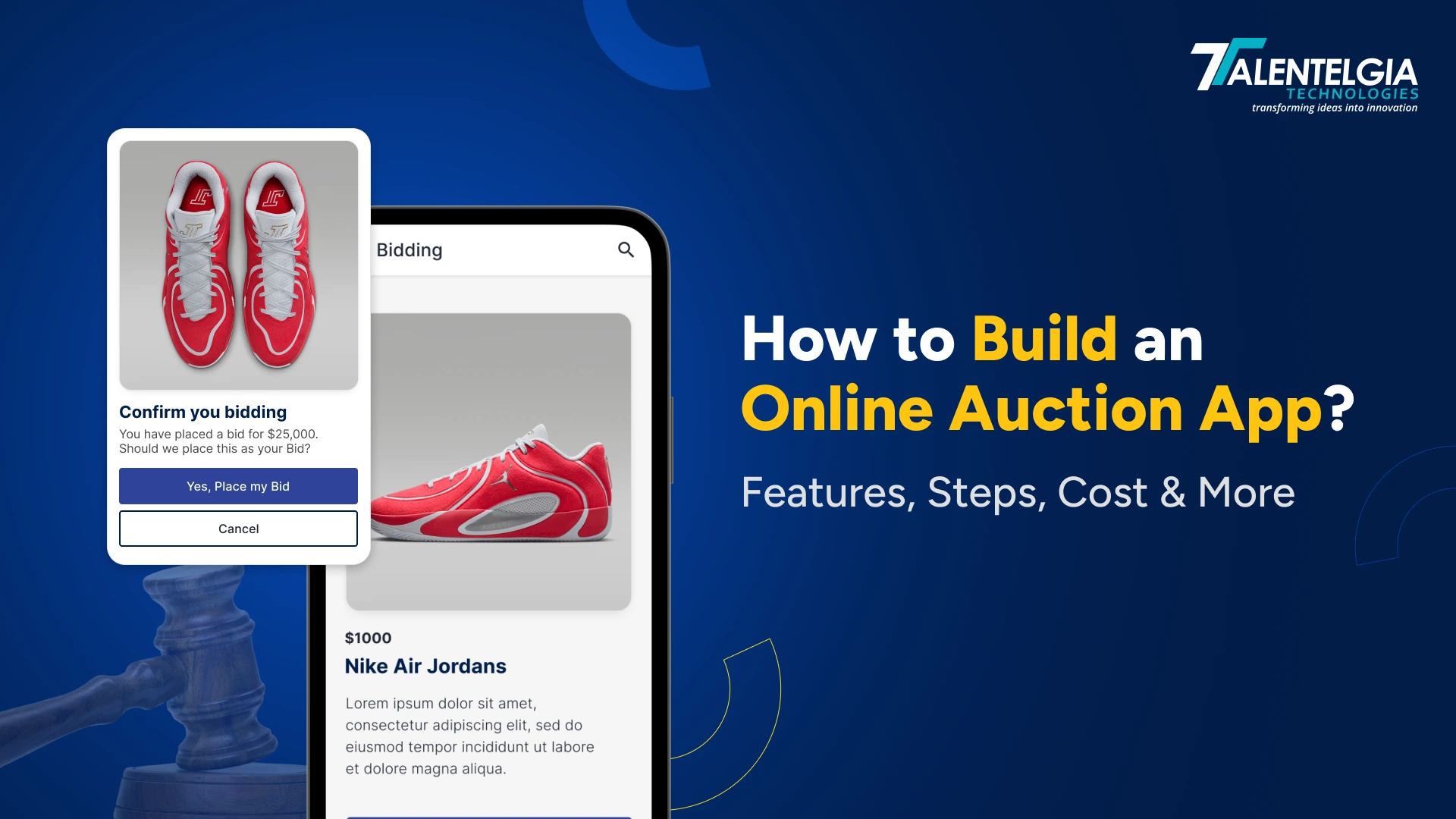

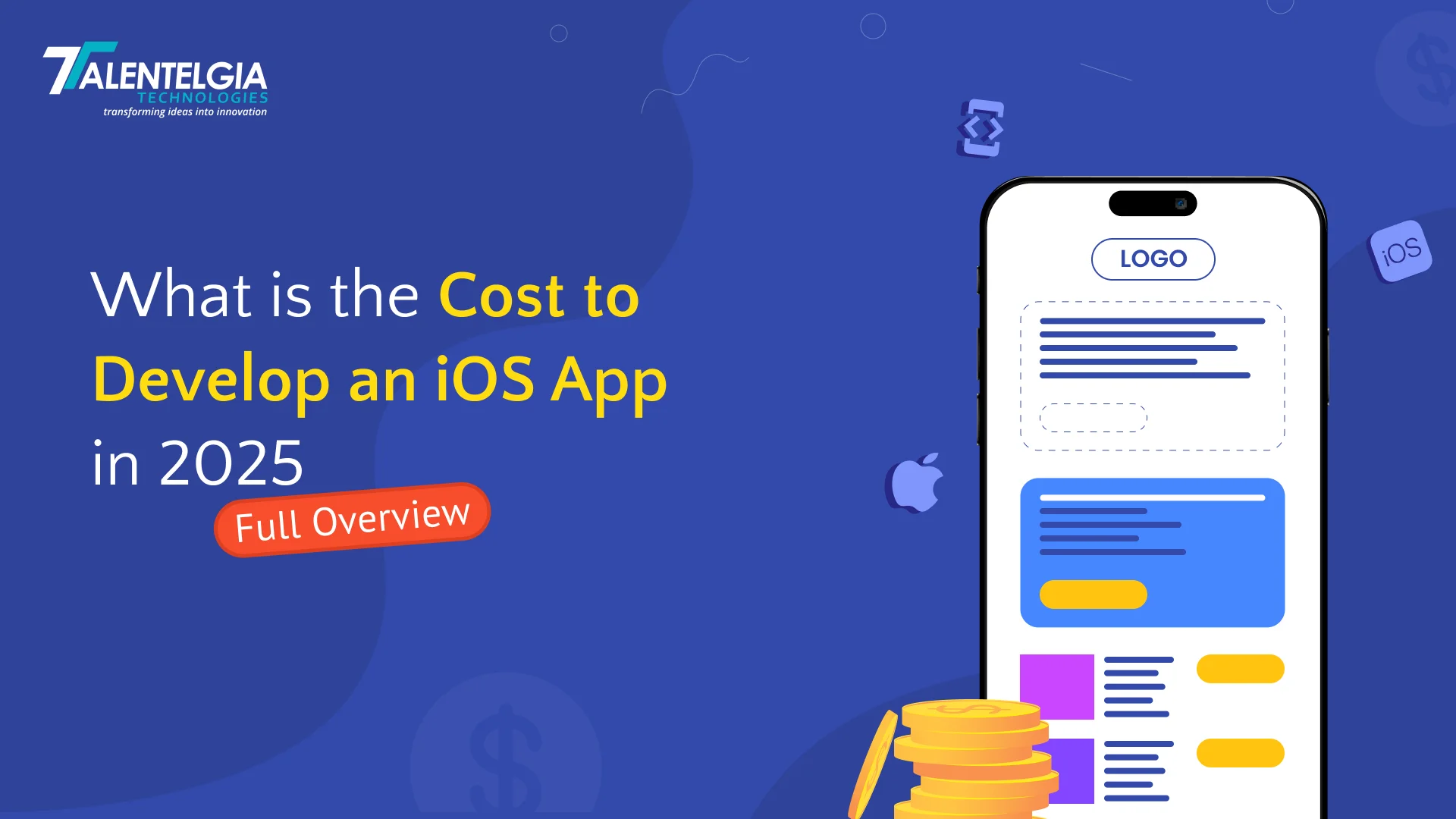

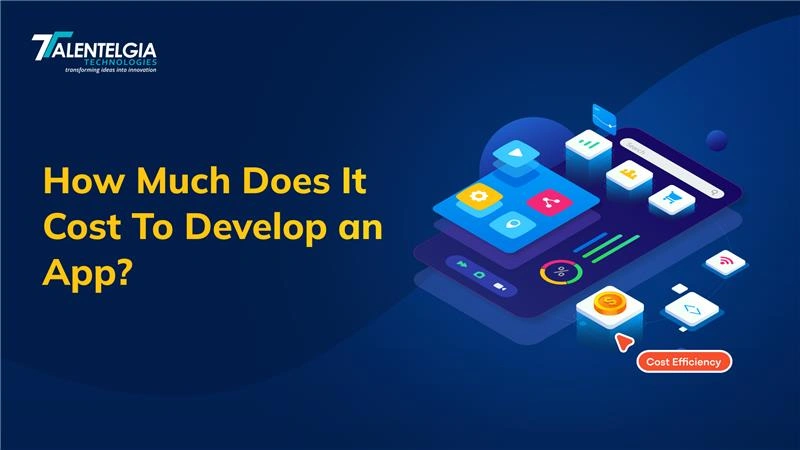










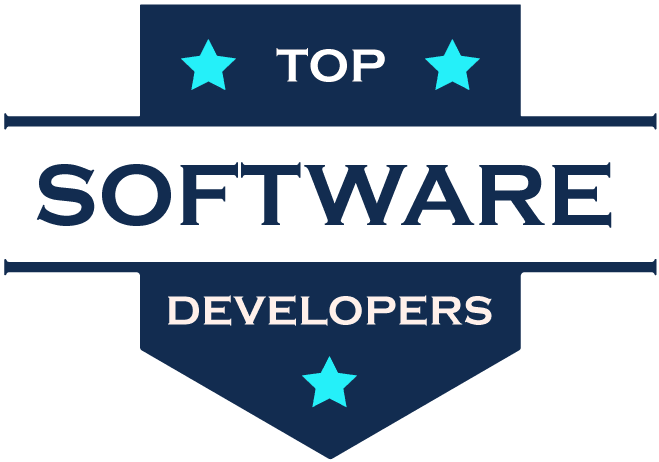
 Write us on:
Write us on:  Business queries:
Business queries:  HR:
HR: 





